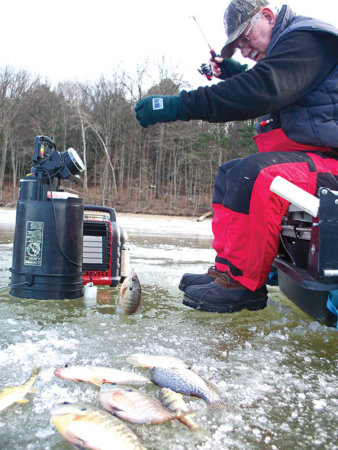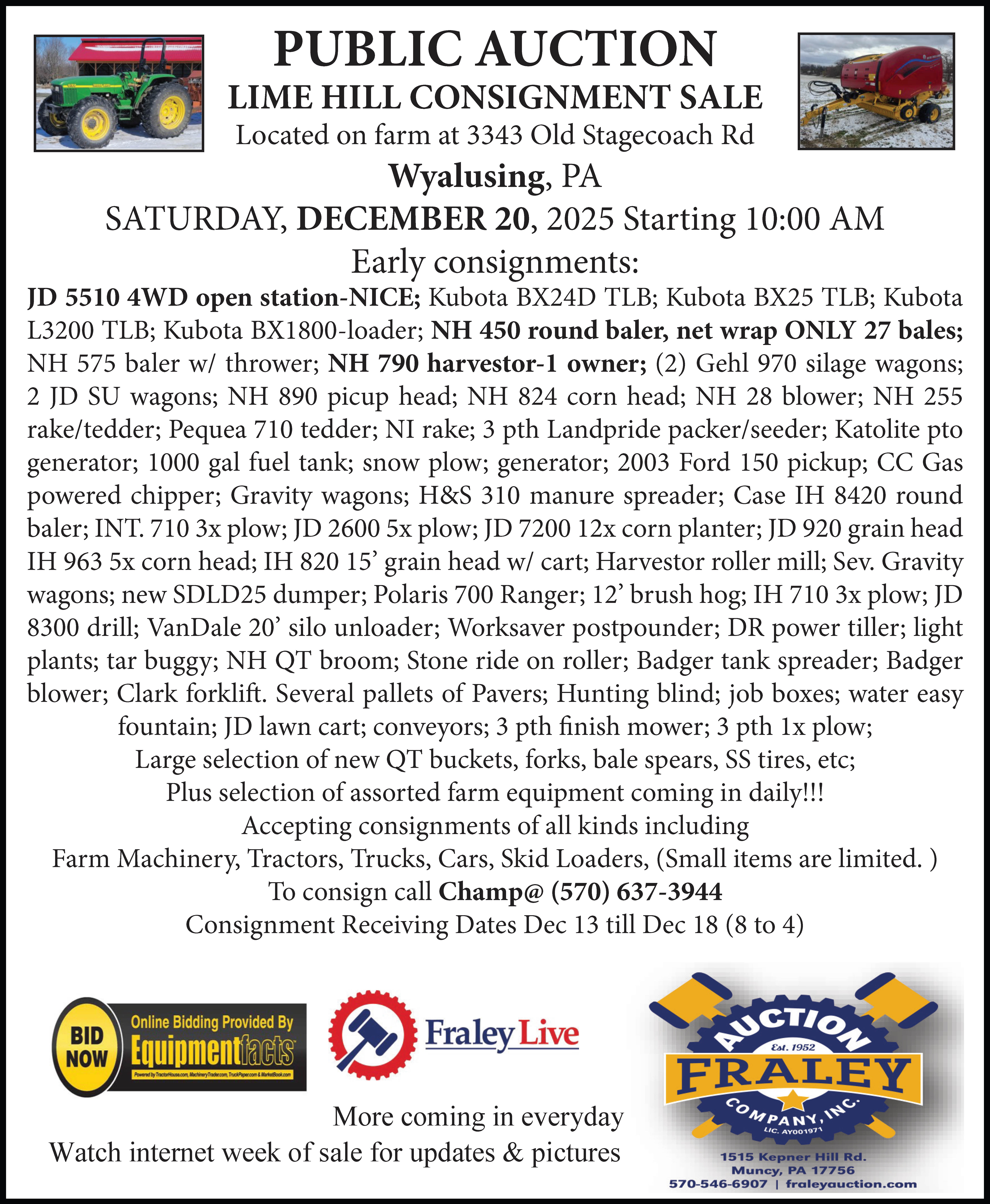Like a lot of people, I enjoy outdoor activities, more specifically hunting and fishing, which I do on a year-round basis.
Like many others, I have accumulated a pretty good amount of outdoor gear over the years. I’ve never really sat down and tried to figure out how much I have invested in all that stuff, and I’m not sure I ever really want to do that. Chances are those of you reading this piece don’t want to know how much you have invested either, but I did get a little “reality check” the other day in the mail when I got my Bass Pro/Cabela’s 2022 Ice Fishing Catalog.
Now, I’ve been ice fishing since I was in high school, and I spent very little to get into the activity. I wore my old hunting clothes and boots, made ice fishing rods from old broken rods, and built an ice shanty from old plywood and a piece of scrap plastic — it worked, and I caught fish. Now, I have all the newer equipment these days, but when I went through the new catalog, I’ll admit that I got a bit of a rude awakening. Sure, ice fishing has become increasingly more popular, and no doubt producers and suppliers have stepped up to the plate providing all that is needed, but the cost can be a little daunting.
For example, there is clothing made just for the ice-fishing crowd these days. It’s lightweight yet very warm and comfortable, and much of it even has floatation built right into the outfit — definitely a great improvement. When I looked at the catalog, I found you could get into one of these outfits for around $300 and higher. A good pair of boots — $200-$300, and don’t forget a $25 pair of ice cleats. Good wool boot socks are around $20, but you can go crazy and buy battery-heated wool socks for $50 and up.
Now that we are dressed for a day on the ice, we need at least one rod; the catalog showed some cheap rods and reels for around $25, but some of the better outfits were around $100, give or take twenty dollars either way. By the way, I would definitely suggest at least two outfits. My first ice fishing outfit was made from a piece of a wooden broom handle and a broken rod tip; an old spinning reel sufficed, and I still use it sometimes these days.
Certainly, some sort of portable, flip-up ice shelter is a nice addition to your ice fishing supplies. I have a double capacity, one for my wife and me, but another plus is the shelter built on a lightweight sled serves as a carryall container for all the gear you eventually accumulate. The catalog listed shelters from $400 to $800; granted, the more expensive ones offer more thermal protection.
Some additional gear that is needed, of course, is a drill to get to the fish. In the old days, I used a spud bar, but later I got a hand-operated ice auger; years later, that was replaced with a gas-operated auger, and now I would definitely recommend a battery-operated ice auger. Expect to pay at least $400-$500 and higher for that auger. Certainly, a portable ice fishing sonar unit or flasher is a great addition and may very likely put you on fish quicker and more often, making your outing more successful. You can get into a decent flasher unit for $300-400, but you can also go crazy and spend close to $3,000 for an advanced sonar unit.
There are some other things you will need, like bait containers, a minnow bucket, ice strainer, and, oh yeah, lures, but I don’t have room to get into all of that here. I was thinking about adding all of this up and putting it at the end of the article, but I’m afraid to do that. My advice is if you want to get into ice fishing, go with somebody that already has all of the necessary equipment and probably extras. Don’t worry; if you decide you like it, you’ll end up with all that stuff too.




